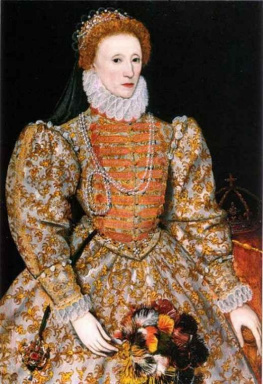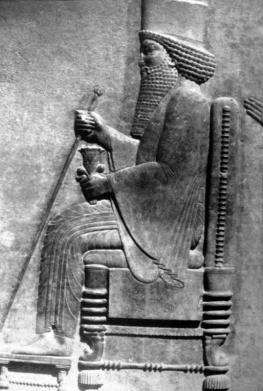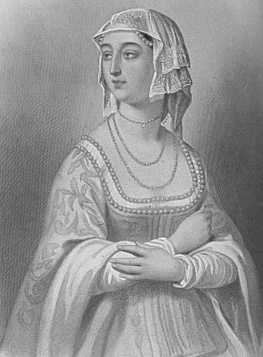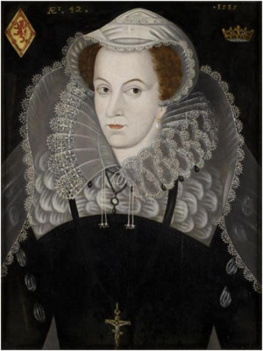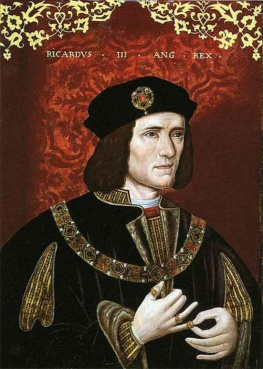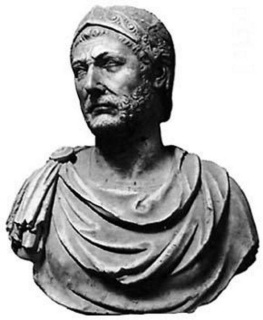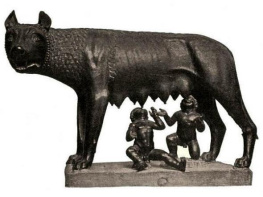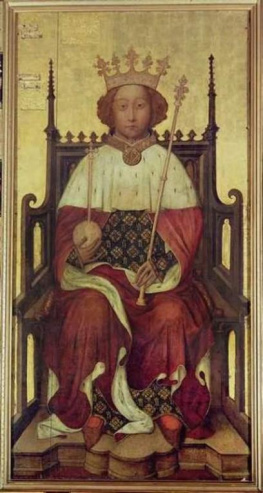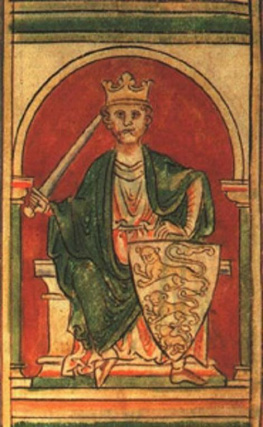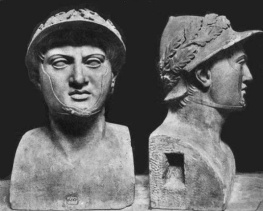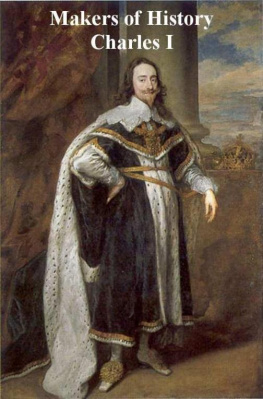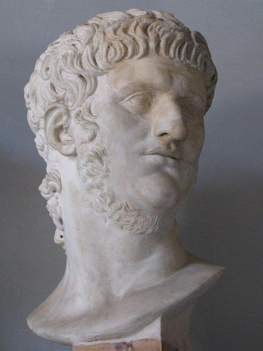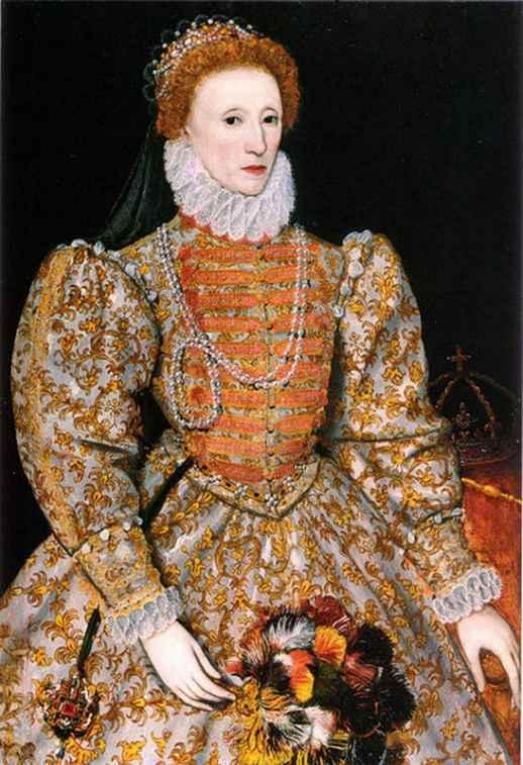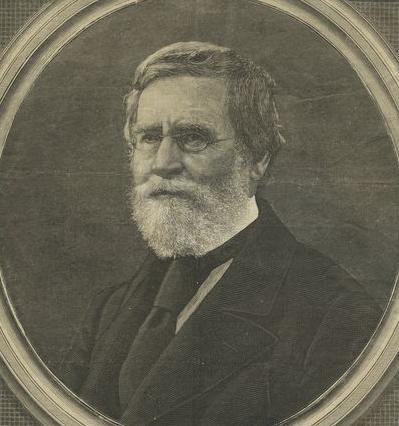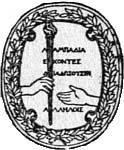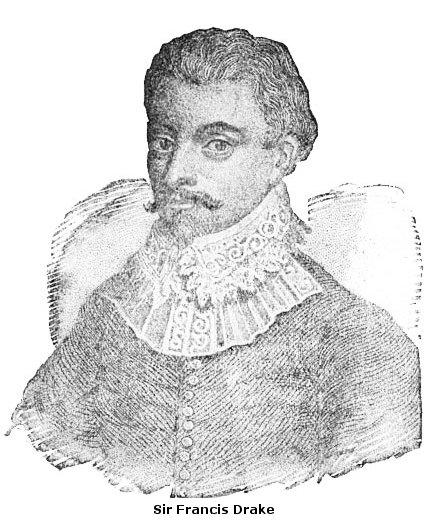Makers of History
Queen Elizabeth
by
JACOB ABBOTT
WITH ENGRAVINGS
NEW YORK AND LONDON
HARPER & BROTHERS PUBLISHERS
1901
Entered, according to Act of Congress, in the year one thousand
eight hundred and forty-nine, by
HARPER & BROTHERS,
in the Clerks Office of the District Court of the Southern District
of New York.
Copyright, 1876, by JACOB ABBOTT.
Table of Contents
ENGRAVINGS.
PREFACE.
The author of this series has made it his special object to confine himself very strictly, even in the most minute details which he records, to historic truth. The narratives are not tales founded upon history, but history itself, without any embellishment or any deviations from the strict truth, so far as it can now be discovered by an attentive examination of the annals written at the time when the events themselves occurred. In writing the narratives, the author has endeavored to avail himself of the best sources of information which this country affords; and though, of course, there must be in these volumes, as in all historical accounts, more or less of imperfection and error, there is no intentional embellishment. Nothing is stated, not even the most minute and apparently imaginary details, without what was deemed good historical authority. The readers, therefore, may rely upon the record as the truth, and nothing but the truth, so far as an honest purpose and a careful examination have been effectual in ascertaining it.
CHAPTER I. ELIZABETHS MOTHER .
1533-1536
Travelers, in ascending the Thames by the steamboat from Rotterdam, on their return from an excursion to the Rhine, have often their attention strongly attracted by what appears to be a splendid palace on the banks of the river at Greenwich. The edifice is not a palace, however, but a hospital, or, rather, a retreat where the worn out, maimed, and crippled veterans of the English navy spend the remnant of their days in comfort and peace, on pensions allowed them by the government in whose service they have spent their strength or lost their limbs. The magnificent buildings of the hospital stand on level land near the river. Behind them there is a beautiful park, which extends over the undulating and rising ground in the rear; and on the summit of one of the minences there is the famous Greenwich Observatory, on the precision of whose quadrants and micrometers depend those calculations by which the navigation of the world is guided. The most unconcerned and careless spectator is interested in the manner in which the ships which throng the river all the way from Greenwich to London, take their time from this observatory before setting sail for distant seas. From the top of a cupola surmounting the edifice, a slender pole ascends, with a black ball upon it, so constructed as to slide up and down for a few feet upon the pole. When the hour of 12 M. approaches, the ball slowly rises to within a few inches of the top, warning the ship-masters in the river to be ready with their chronometers, to observe and note the precise instant of its fall. When a few seconds only remain of the time, the ball ascends the remainder of the distance by a very deliberate motion, and then drops suddenly when the instant arrives. The ships depart on their several destinations, and for months afterward when thousands of miles away they depend for their safety in dark and stormy nights, and among dangerous reefs and rocky shores, on the nice approximation to correctness in the note of time which this descending ball had given them.
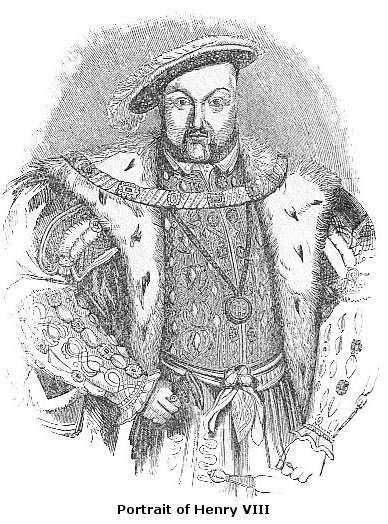
This is Greenwich, as it exists at the present day. At the time when the events occurred which are to be related in this narrative, it was most known on account of a royal palace which was situated there. This palace was the residence of the then queen consort of England. The king reigning at that time was Henry the Eighth. He was an unprincipled and cruel tyrant, and the chief business of his life seemed to be selecting and marrying new queens, making room for each succeeding one by discarding, divorcing, or beheading her predecessor. There were six of them in all, and, with one exception, the history of each one is a distinct and separate, but dreadful tragedy. As there were so many of them, and they figured as queens each for so short a period, they are commonly designated in history by their personal family names, and even in these names there is a great similarity. There were three Catharines, two Annes , and a Jane. The only one who lived and died in peace, respected and beloved to the end, was the Jane.
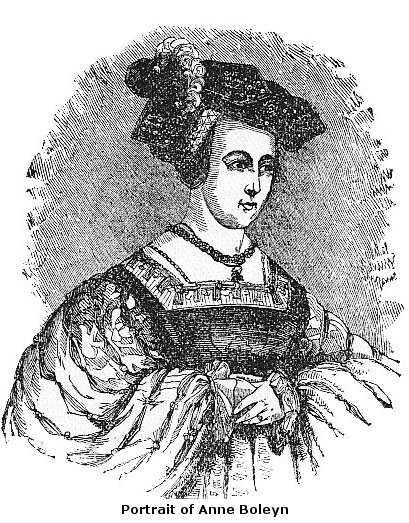
Queen Elizabeth, the subject of this narrative, was the daughter of the second wife in this strange succession, and her mother was one of the Annes . Her name in full was Anne Boleyn. She was young and very beautiful, and Henry, to prepare the way for making her his wife, divorced his first queen, or rather declared his marriage with her null and void, because she had been, before he married her, the wife of his brother. Her name was Catharine of Aragon. She was, while connected with him, a faithful, true, and affectionate wife. She was a Catholic. The Catholic rules are very strict in respect to the marriage of relatives, and a special dispensation from the pope was necessary to authorize marriage in such a case as that of Henry and Catharine. This dispensation had, however, been obtained, and Catharine had, in reliance upon it, consented to become Henrys wife. When, however, she was no longer young and beautiful, and Henry had become enamored of Anne Boleyn, who was so, he discarded Catharine, and espoused the beautiful girl in her stead. He wished the pope to annul his dispensation, which would, of course, annul the marriage; and because the pontiff refused, and all the efforts of Henrys government were unavailing to move him, he abandoned the Catholic faith, and established an independent Protestant church in England, whose supreme authority would annul the marriage. Thus, in a great measure, came the Reformation in England. The Catholics reproach us, and, it must be confessed, with some justice, with the ignominiousness of its origin.
The course which things thus took created a great deal of delay in the formal annulling of the marriage with Catharine, which Henry was too impatient and imperious to bear. He would not wait for the decree of divorce, but took Anne Boleyn for his wife before his previous connection was made void. He said he was privately married to her. This he had, as he maintained, a right to do, for he considered his first marriage as void, absolutely and of itself, without any decree. When, at length, the decree was finally passed, he brought Anne Boleyn forward as his queen, and introduced her as such to England and to the world by a genuine marriage and a most magnificent coronation. The people of England pitied poor Catharine, but they joined very cordially, notwithstanding, in welcoming the youthful and beautiful lady who was to take her place. All London gave itself up to festivities and rejoicings on the occasion of these nuptials. Immediately after this the young queen retired to her palace in Greenwich, and in two or three months afterward little Elizabeth was born. Her birth-day was the 7th of September, 1533.

